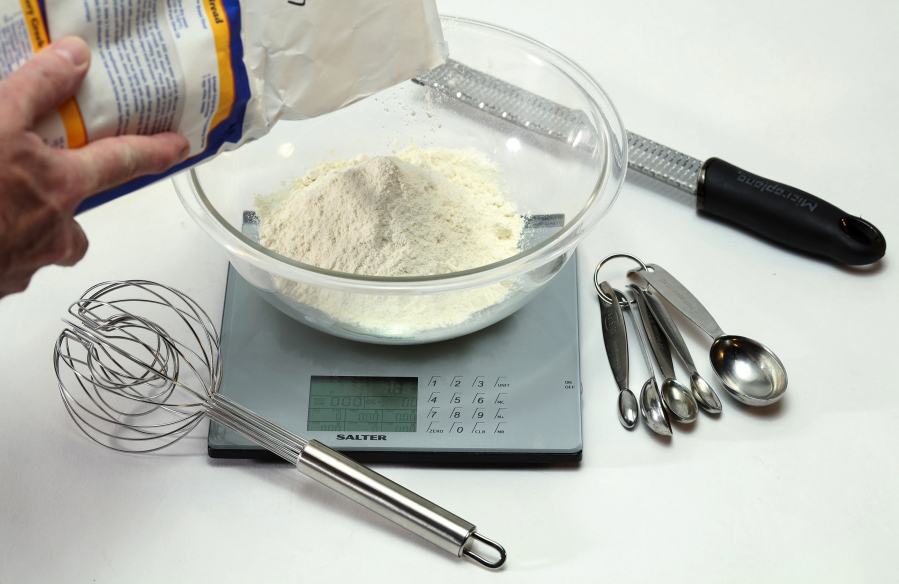• THE STEPS YOU TAKE:
Today’s column is a little different. Instead of walking you through the steps of how to make something delicious, we’re going to talk about a few of the common pitfalls that can turn an otherwise delicious treat into a sack full of nasty.
First, though, full disclosure: I’m not a baker. Compared with my awesome colleagues in Kendall’s Baking and Pastry Department, there’ve been times in the bake shop when I’ve felt like a duck with a Rubik’s Cube. And that’s precisely why I’m exactly the guy to talk about some common mistakes because I’ve made them all.
Here we go, then:
Read the recipe: This seems obvious, but in baking, everything is done for a purpose, and everything should be done exactly as it says. For example, bakers use several different mixing methods to combine ingredients, each of which has a different purpose and gives a different end result. Chocolate chip cookies, for example, are made with the “creaming method,” where the sugar and butter are whipped together to form a light emulsion into which the eggs are added slowly. If you just try to mix everything together, the emulsion won’t hold, and your labors will be for naught. Read the recipe through (twice) before you start, then follow it as you would directions out of hell.
Ingredients: Next, as long as you’re reading the recipe in advance, make sure you’re using the ingredients it calls for. This sounds obvious, too, but, look: Every ingredient in baking has a specific function, and if you start making substitutions, you might lose some of that function. If a recipe calls for milk, for example, it means whole milk, not skim or 2 percent. Less fat can result in a drier product. And when a recipe calls for an egg, it means a large egg. Not medium, not jumbo. Large. Since they are primarily water, having the wrong size egg can result in the wrong amount of liquid, which can then screw up your final product. As a rule of thumb, anytime you ask, “Is Ingredient X the same as Ingredient Y,” assume the answer is a resounding “No!” As in, “No, don’t substitute baking soda for baking powder.” Or, “No, don’t substitute bread flour for cake flour.” Or, “No, don’t substitute spitting cobra venom for 60 percent chocolate chips.” It’s not the same.



